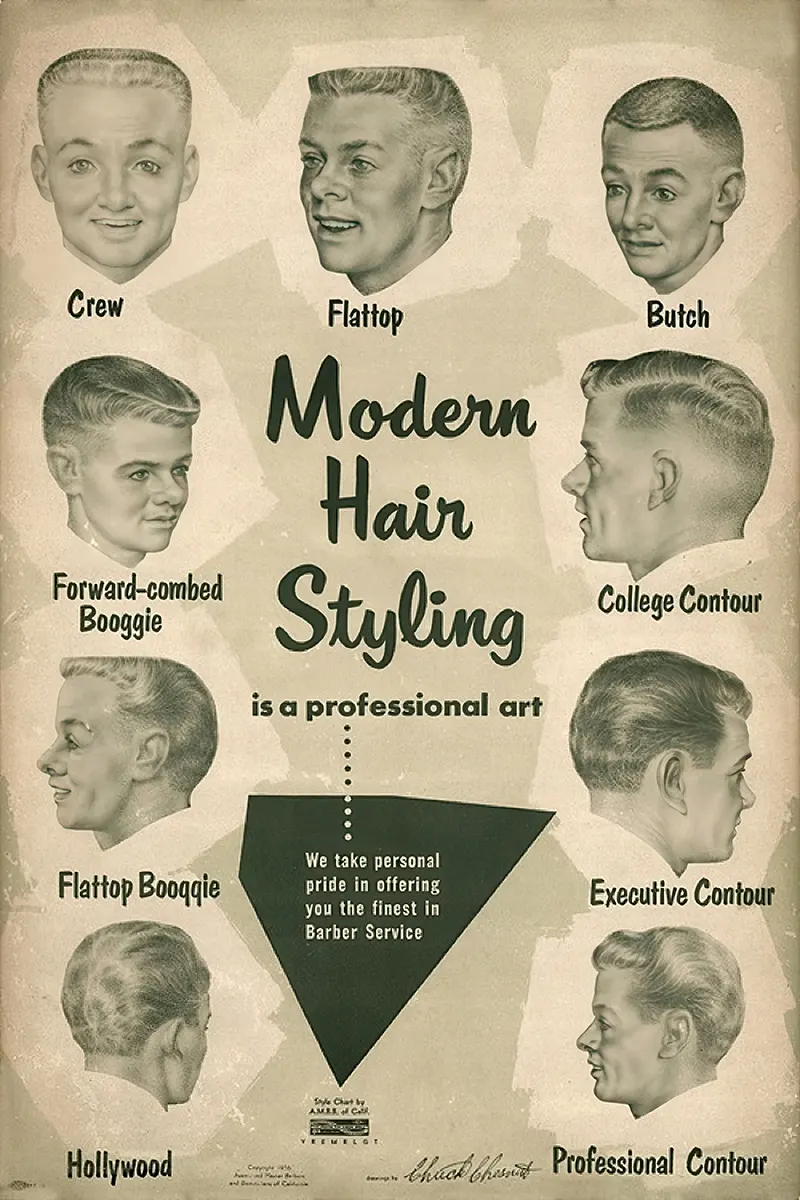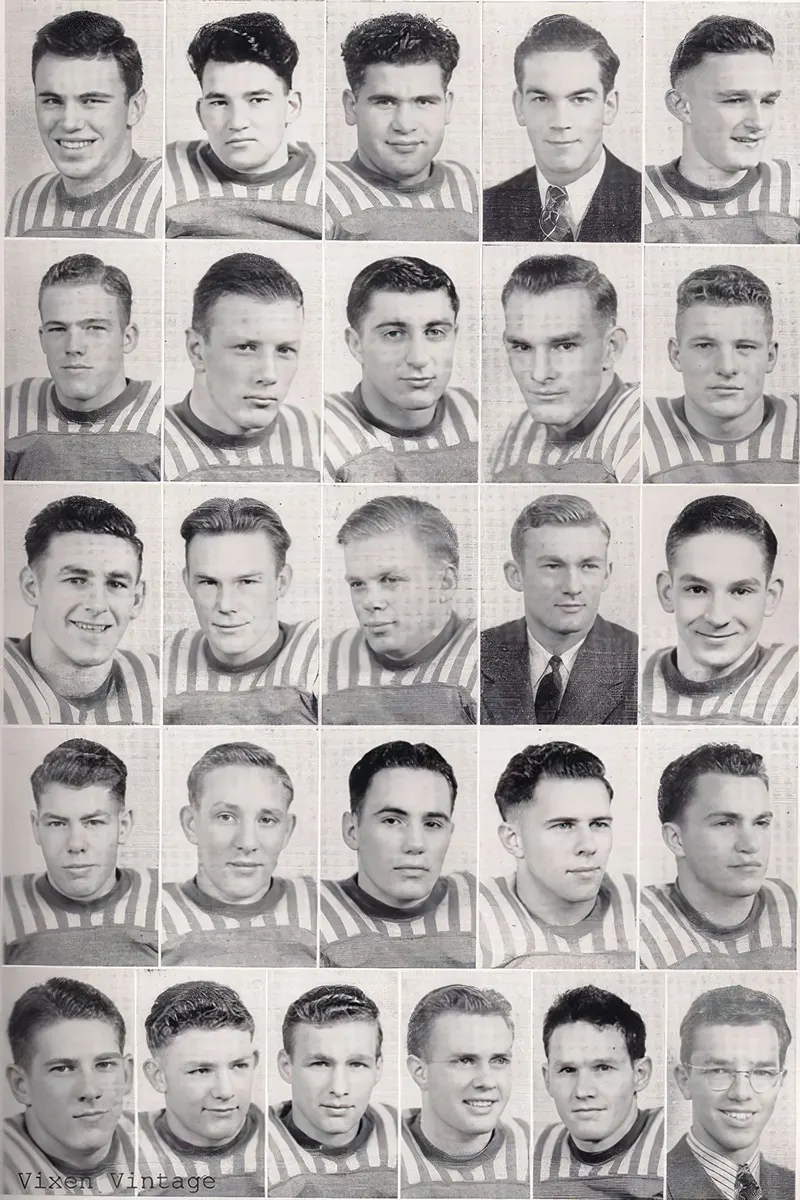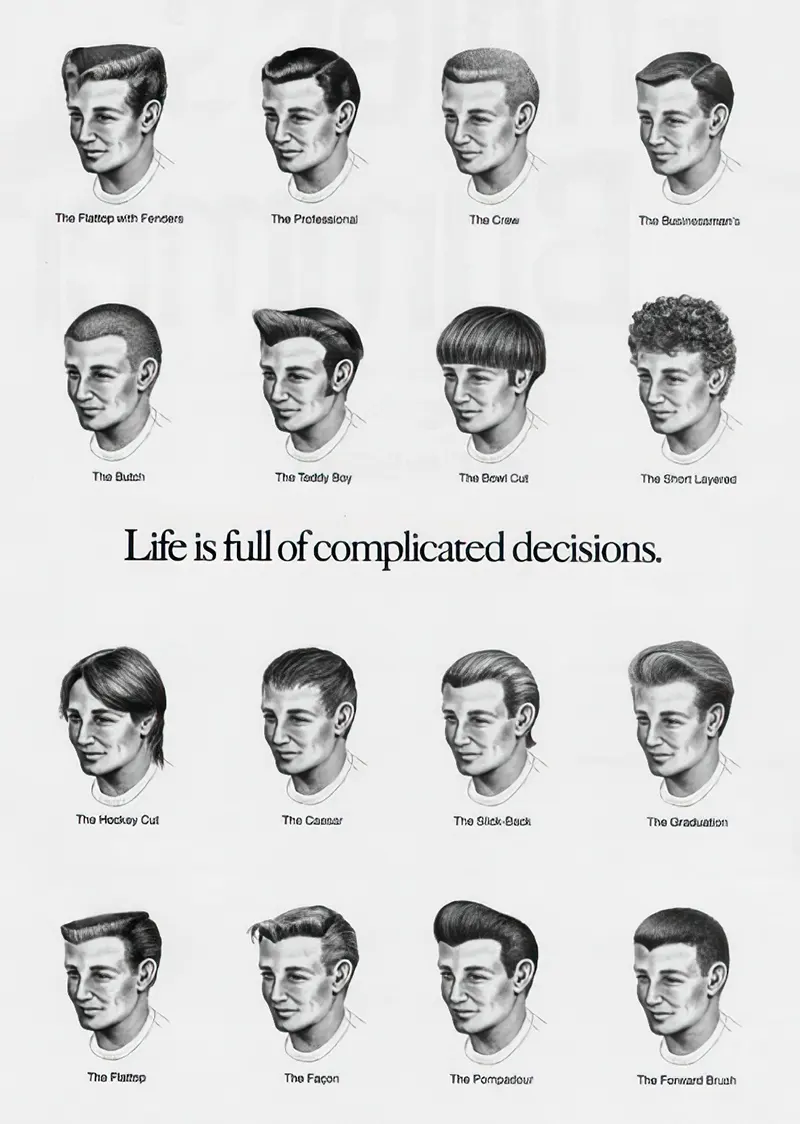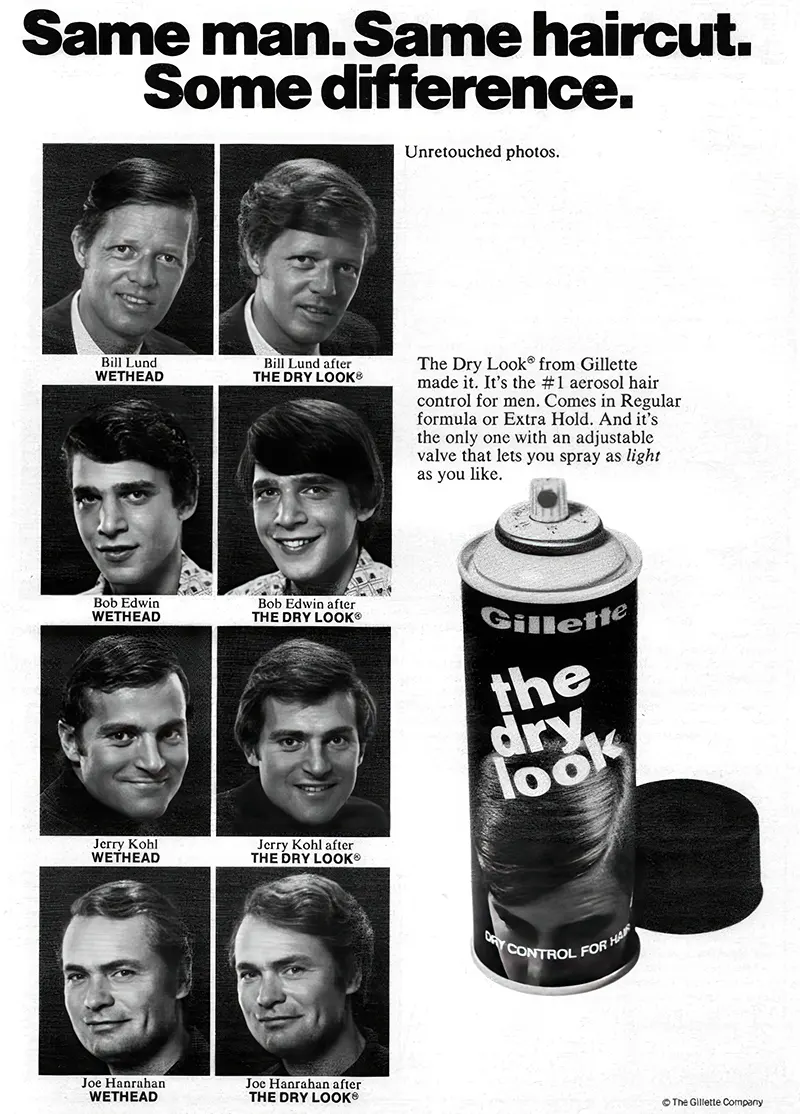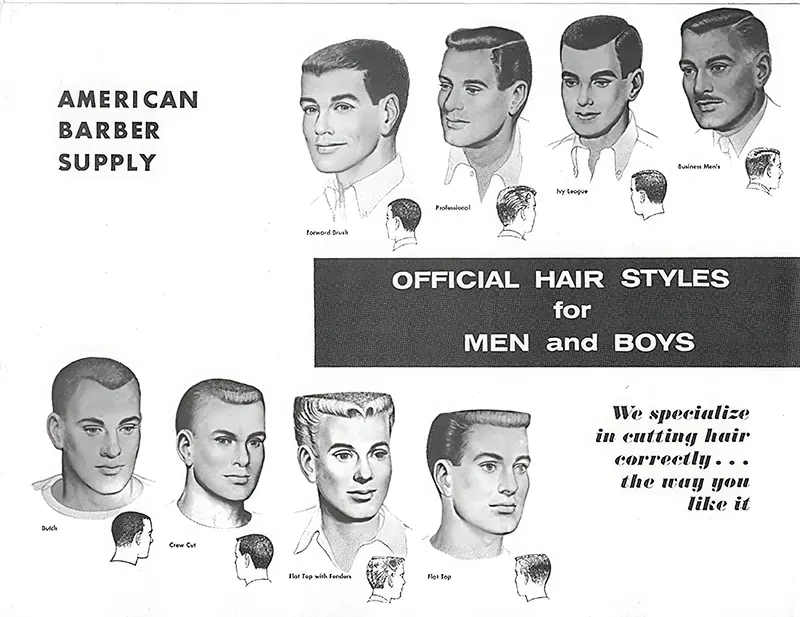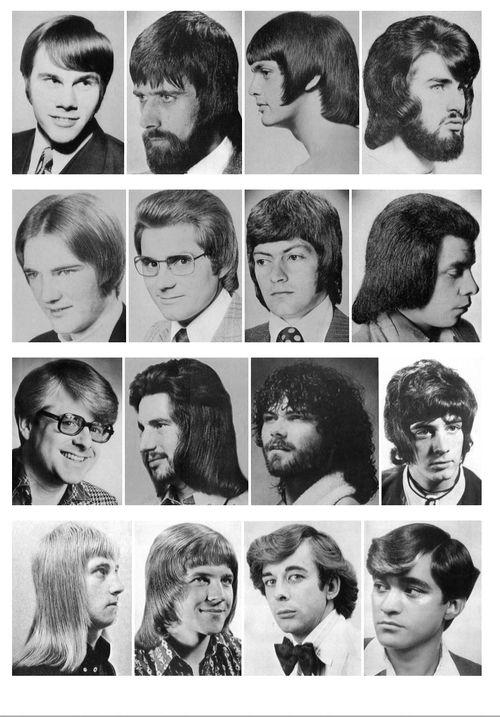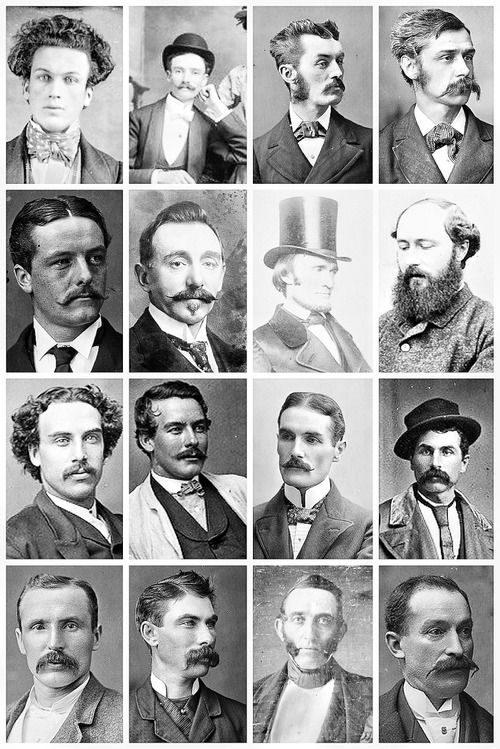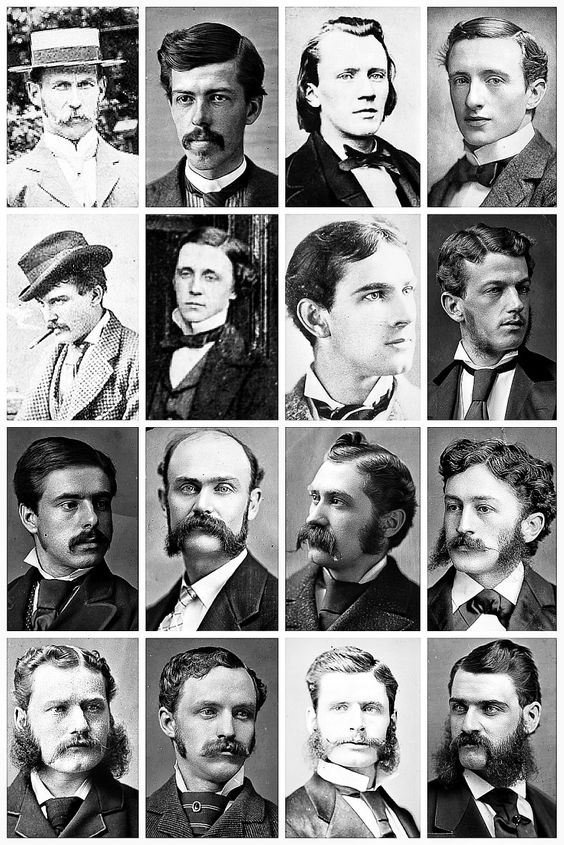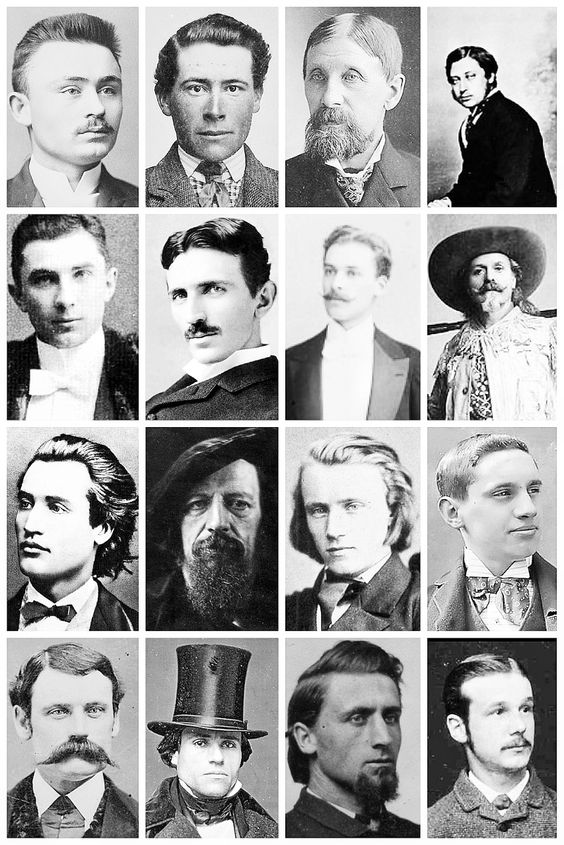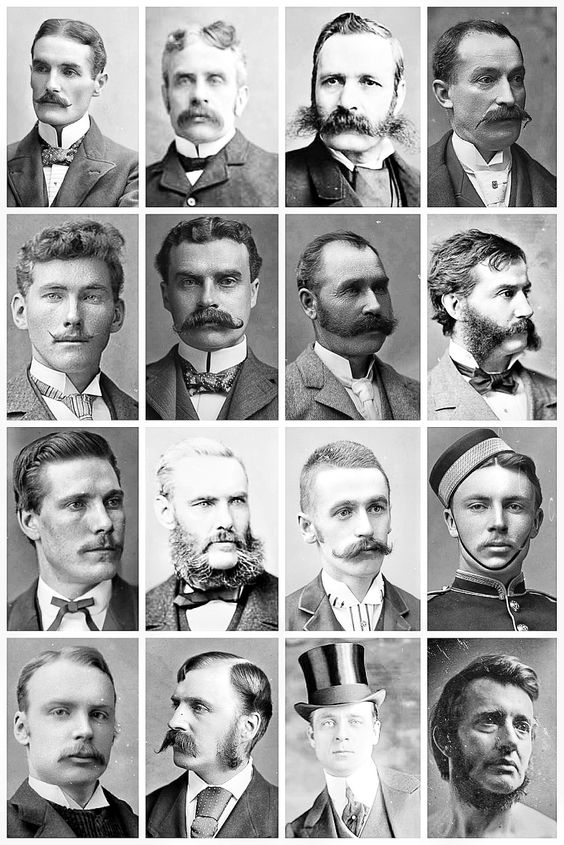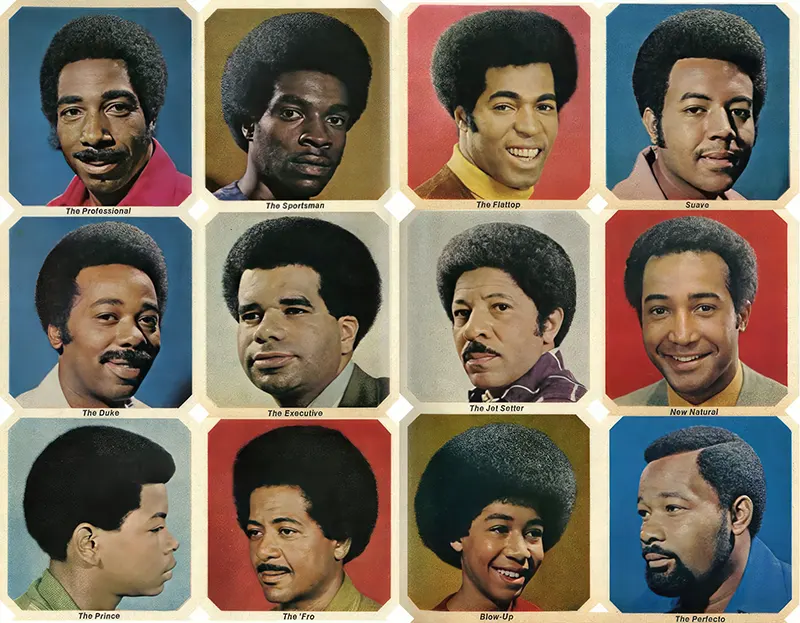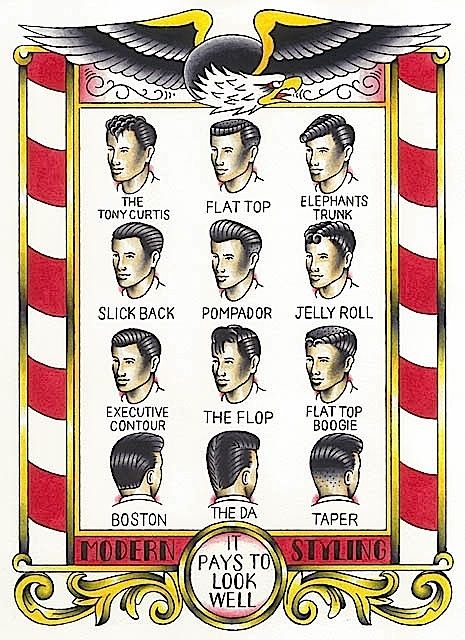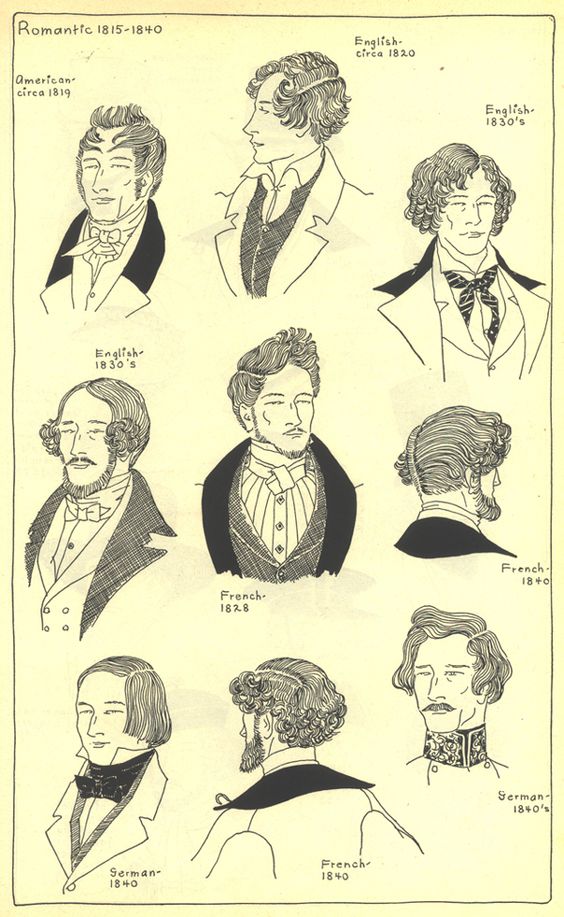Hairstyles aren’t just about looks; they’re a part of a guy’s daily style and cleanliness routine. Let’s take a fun peek into old-school barbershops and hair salon guides to see how guys used to style their hair back in the day. The 1940s brought about a distinct shift in men’s hairstyles influenced by the impact of World War II. The prevalent styles embraced practicality and neatness. Short, tapered sides with longer tops became popular, reflecting the military-inspired cuts of the time. The “Ivy League” haircut, featuring short sides and slightly longer tops, gained traction, often associated with sophistication and academic circles. Additionally, the pompadour emerged as a stylish choice, epitomizing suave elegance with its slicked-back top and defined side parts, embraced by Hollywood icons and the fashion-conscious. Furthermore, the pompadour became a fashionable option, symbolizing sophisticated style with its slicked-back top and sharply defined side parts. Hollywood icons and those passionate about fashion warmly embraced this trend. The 1950s witnessed a resurgence of prosperity and a burgeoning youth culture, leading to a shift in men’s hairstyles towards more expressive and rebellious looks. The iconic pompadour, notably worn by Elvis Presley, became a symbol of cool and rock ‘n’ roll rebellion, characterized by high volume and slicked-back sides. Crew cuts and flattops also gained popularity, offering a blend of conservative style and trendy aesthetics. This era marked a departure from conformity, with hairstyles becoming a means of individual expression and cultural rebellion. The 1960s ushered in an era of social change and experimentation, reflected in men’s hairstyles. The Beatles’ famed mop-top haircut revolutionized grooming standards, featuring longer, shaggier hair that symbolized a departure from tradition. The mod hairstyle emerged as a chic and stylish choice, with short, sleek cuts and sharp edges epitomizing sophistication. The counterculture movement inspired longer hair for men, emphasizing self-expression and a rejection of conventional norms. The 1970s embraced a diverse array of hairstyles that mirrored the eclectic cultural landscape of the time. From flamboyant disco styles to laid-back, bohemian looks, men’s hairstyles exhibited a wide spectrum of expression. The disco era popularized extravagant styles, including perms, afros, and feathered hair. Simultaneously, the shag haircut, characterized by layers and texture, represented a more relaxed, carefree aesthetic. The 1980s epitomized an era of excess and daring fashion, which translated into men’s hairstyles. Flamboyance and bold experimentation became the norm. The mullet gained widespread popularity, featuring short sides and long back hair. Edgy, asymmetrical cuts with heightened volume and texture became the go-to look. Pop culture icons like David Bowie and George Michael influenced glam rock-inspired styles, promoting unconventional and adventurous hairdos.
(Photo credit: Pinterest). Notify me of new posts by email.
Δ Subscribe

